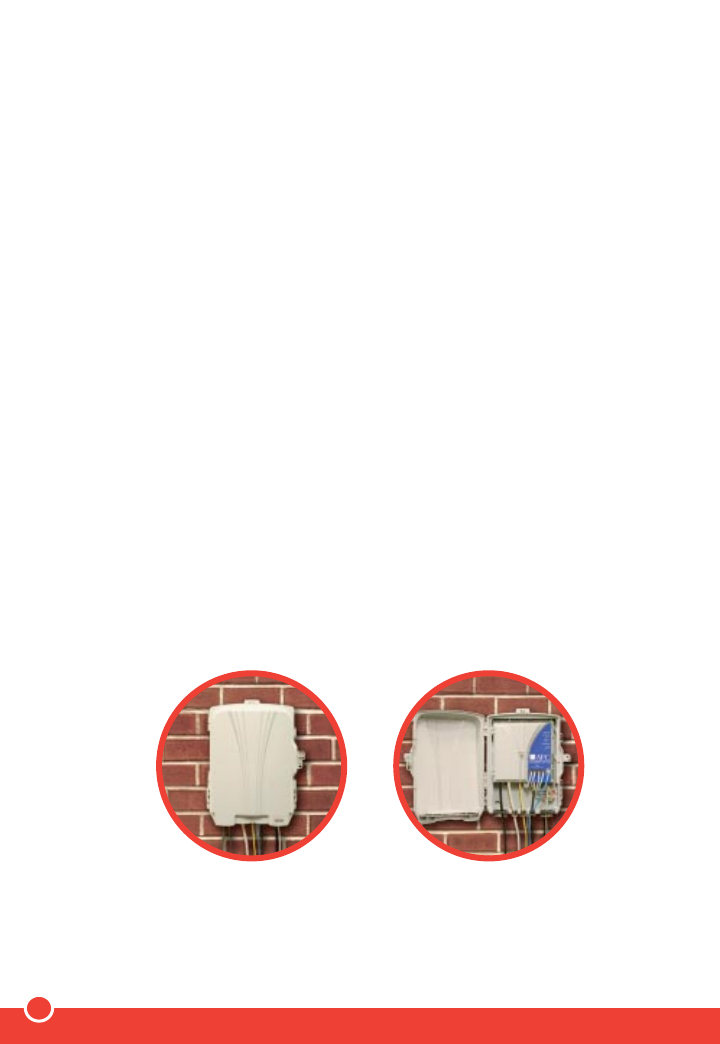
6
The Verizon FiOS Difference:
Understanding your new fiber-optic connection
Now that you’re hooked up, here’s how it works. While traditional
telephone and cable TV networks use mostly copper wire and
coaxial cable to deliver services, Verizon FiOS is 100% fiber-optic,
bringing you state-of-the-art voice, TV and high-speed Internet
service. With Verizon FiOS, your home is now ahead of its time.
Verizon FiOS uses hair-thin strands of glass to carry information in the
form of laser-generated pulses of light. When those pulses of light
reach your home through our network, they are converted into
electrical signals in a box installed outside your home called the
Optical Network Terminal (ONT). Once the signals have been
converted, your home’s existing telephone wiring and coaxial cable
carry voice and TV signals to your phones and TV sets. Either CAT5
or a combination of CAT5 and coaxial cable is used to carry
Verizon FiOS Internet signals. Similarly, when information is sent from
your home, those electrical signals are changed into light pulses in
the ONT so they can travel to their destinations.
Unlike traditional self-powered telephone or cable television service,
your Verizon FiOS service depends on your home’s power source.
Please note: The ONT has a power cord that goes into your home through the
ONT Power Supply Unit, where it plugs into an existing standard electrical outlet.
Your ONT
when closed.
Your ONT
when opened.


















